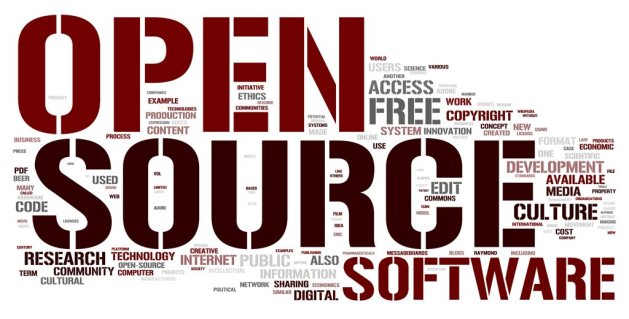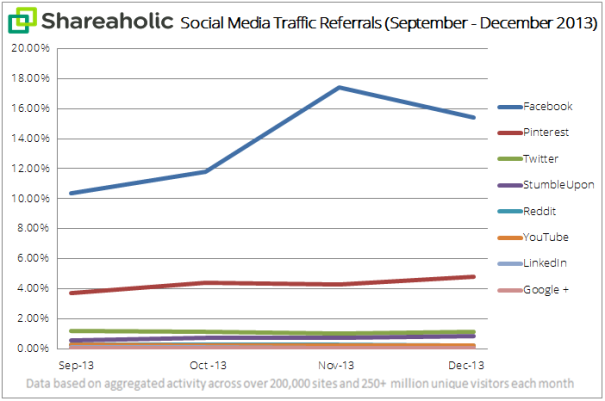1.- What are the pros and cons of having so much open source software enabling the Internet?
Pros are :
-Freedom of modifying software in order to improve it.
-They do not have any cost.
-Anybody with the adequate knowledge can contribute to improve the open source systems and help to develop better services.
Cons are:
-There should be some limitations towards what software’s are open source.
– It could be used for other purposes rather than good ones.
2.- For what types of applications do you think open source is better than proprietary software? When is it worse?
As the reading says Google maps started charging and placing advertisements for the use of their software. Maps that are open sourced are a good example. Maps are needed and it could be improved by people in order to make them more accurate. I also think Linux develops open source software that in wrong hands can be a problem. An example is Kali Linux.
3.- Find a for-profit company that is distributing open source software. What is the software? How does the company make money? It is revenue model sustainable?
There are companies that are open source oriented but they charge some money in order to give you an upgraded service or tools. WordPress is a clear example of open source software that makes revenues. The way WordPress works is that they give the free open source system but if you want to upgrade your account you need to make a payment. Other examples working in similar ways are: MySQL that is a popular relational database, Magento an E-commerce shopping platform. Magento work with subscribers that want to make electronic commerce. This includes sales and purchases. There is also Zimbra an email and messaging server. Zimbra is an open source tool collaboration for email calendaring, tasks and more.

